
Original Author: Mark Peplow
Google DeepMind’s tools have predicted nearly 400,000 stable substances, while another automated system is learning to synthesize them in the laboratory.
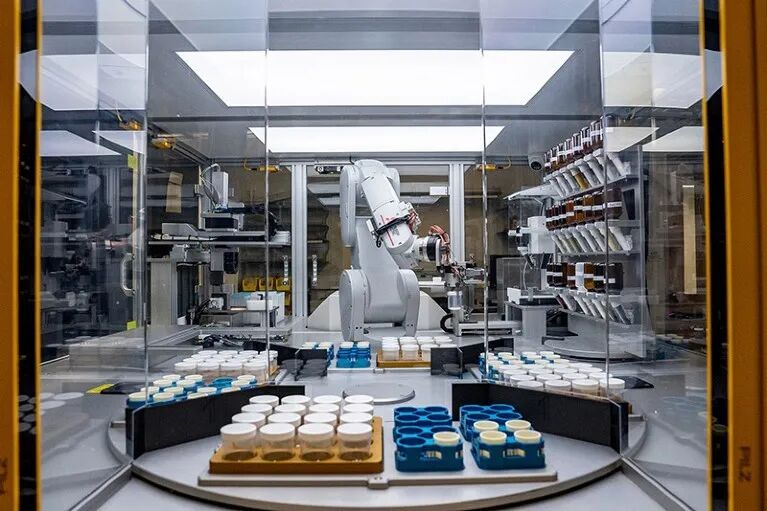
A-Lab uses AI-guided robots to mix and heat ingredients to synthesize new materials. Image credit: Marilyn Sargent/Berkeley Lab
An automated system that combines robots and artificial intelligence (AI) to create new materials has released its first batch of discoveries. This system, called A-Lab, can design formulas for materials, including some that may be used in batteries or solar panels. It then synthesizes the materials and analyzes the products—entirely without human intervention. Meanwhile, another AI system has predicted the existence of hundreds of thousands of stable materials, providing A-Lab with ample alternative formulas to try.
The vision behind these advancements is to significantly accelerate the discovery of materials for clean energy technologies, next-generation electronics, and a range of other applications. “Many of the technologies around us, including batteries and solar cells, can be greatly improved with better materials,” said Ekin Dogus Cubuk, leader of the Google DeepMind materials development team in London. He participated in both studies, which were published in November 2023 in Nature [1,2].
“Scientific discovery is the next frontier for AI,” said Carla Gomes, co-director of the Institute for the Application of Artificial Intelligence at Cornell University, who was not involved in the research. “That’s why I find this research very exciting.”
Massive Material Discovery
After centuries of painstaking laboratory work, chemists have synthesized hundreds of thousands of inorganic compounds—generally, compounds that do not have carbon atom chains as their core like organic materials. However, research indicates that there are billions of relatively simple inorganic materials yet to be discovered [3]. Where to start looking?
Many projects have attempted to shorten the time spent tinkering with materials in the lab by simulating new inorganic materials through computational methods, calculating their properties, such as how their atoms are arranged in a lattice. These projects—including the Materials Project at Lawrence Berkeley National Laboratory (LBNL)—have identified about 48,000 predicted stable materials.
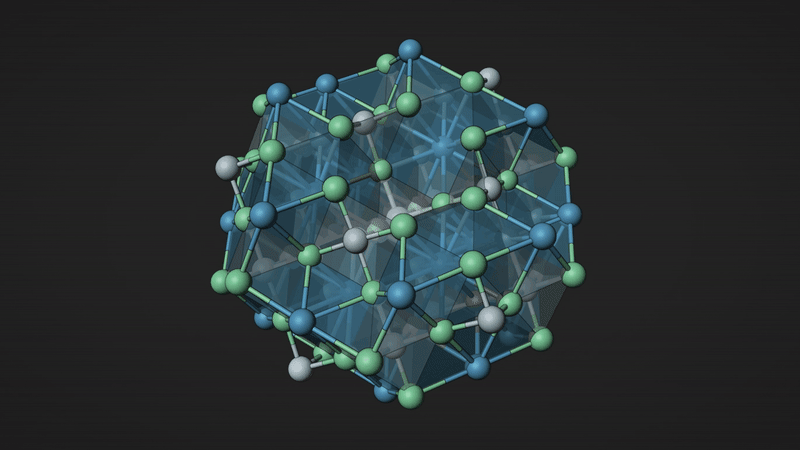
The crystal structure of Ba6Nb7O21. This is one of the materials predicted by GNoME. The blue atoms represent barium, gray represents niobium, and green represents oxygen. Image source: Materials Project/Berkeley Lab
Google DeepMind is now using an AI system called the “Materials Exploration Graph Network (GNoME)” to greatly scale up this approach. After training on data obtained from the Materials Project and similar databases, GNoME adjusted the components of known materials and proposed 2.2 million possible compounds. After calculating whether these compounds were stable and predicting their crystal structures, this system generated a total of 381,000 new inorganic compounds, which were added to the Materials Project database[1].
The key is that GNoME employed multiple strategies, predicting more materials than previous AI systems. For example, while earlier AI might convert all calcium ions in a material to magnesium ions, GNoME might only replace half or attempt a broader range of rare atom substitution options. If that fails, the system discards all unstable materials and learns from its mistakes. “It’s like ChatGPT for the materials discovery realm,” Gomes said.
Tireless Robots
Predicting the existence of materials is one thing; actually synthesizing them in the lab is another. That’s where A-Lab comes in. “We now have the capability to rapidly produce these new materials discovered through computation,” said Gerbrand Ceder, a materials scientist at LBNL who leads the A-Lab team.
LBNL’s A-Lab uses advanced robots to mix and heat solid raw material powders, then analyzes the products and checks whether the process was successful. This $2 million facility took 18 months to build. But the bigger challenge is how to use AI to truly automate this system so that it can design experiments, interpret data, and make decisions to improve synthesis processes. “Watching these robots work is particularly fun, but the innovation is all happening internally,” Ceder said.
A video of A-Lab in action. Image source: Berkeley Lab/U.S. Department of Energy
Ceder’s team identified 58 predicted stable target compounds from the Materials Project database, cross-referenced them with the GNoME database, and provided these targets to A-Lab’s machine learning model.
After screening through 30,000 published synthesis methods, A-Lab can assess the similarity of each target compound to known materials and propose the raw materials and reaction temperatures needed for production. The system then selects materials from the shelf, executes the synthesis process, and analyzes the products. If the literature-inspired formula yields less than half of the target product after several attempts, it will employ a set of “active learning” algorithms to design better processes, and the tireless robots will start working again.
Ultimately, A-Lab produced 41 new inorganic materials in just 17 days, of which 9 were synthesized after improving the synthesis process through active learning [2]. Among the 17 materials that A-Lab could not produce, most were due to experimental difficulties—some were eventually synthesized, but with human intervention, such as re-grinding the mixture during the reaction.
However, it is clear that some of the computational predictions made by systems like GNoME are beyond what even automated laboratories can keep up with, said Andy Cooper, academic director of the Materials Innovation Factory at the University of Liverpool. “What we really need is for computation to tell us what to do,” Cooper said. For that, AI systems must accurately calculate more chemical and physical properties of the predicted materials.
Meanwhile, A-Lab continues to run reactions and will add the results to the Materials Project, allowing scientists worldwide to utilize them to aid their work. The gradually expanding database may be the greater contribution of this system, Ceder said. “Essentially, it’s a map of the reactivity of common solid-state materials. That will be the thing that ultimately changes the world—not A-Lab itself, but the knowledge and information it generates.”
References:
1. Merchant, A. et al. Nature https://doi.org/10.1038/s41586-023-06735-9 (2023).
2. Szymanski, N. J. et al. Nature https://doi.org/10.1038/s41586-023-06734-w (2023).
3. Davies, D. W. et al. Chem 1, 617–627 (2016).
The original article was published under the title Google AI and robots join forces to build new materials in the news section of Nature on November 29, 2023.
© nature
doi:10.1038/d41586-023-03745-5
Click to read the original article in English
Click the text or image to read related articles
AI-written paper abstracts on bioRxiv, scientists dissatisfied?
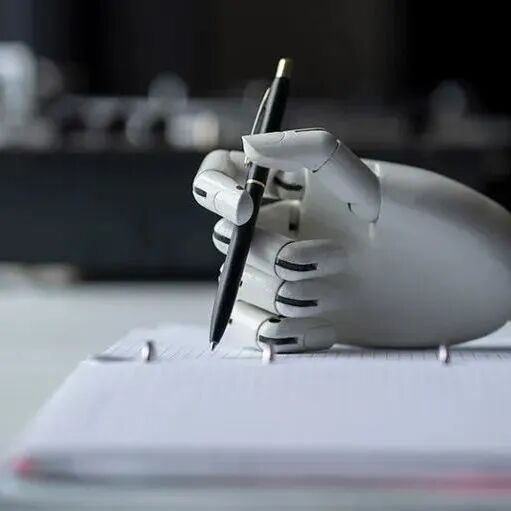
Error rate improvement, Google quantum computer reaches another milestone
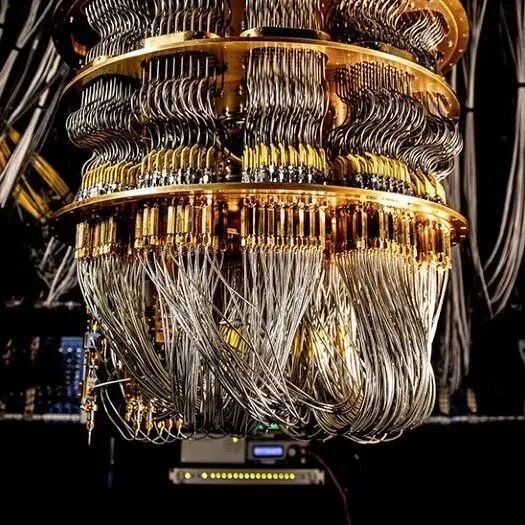
DeepMind AI writes sorting code faster than human versions
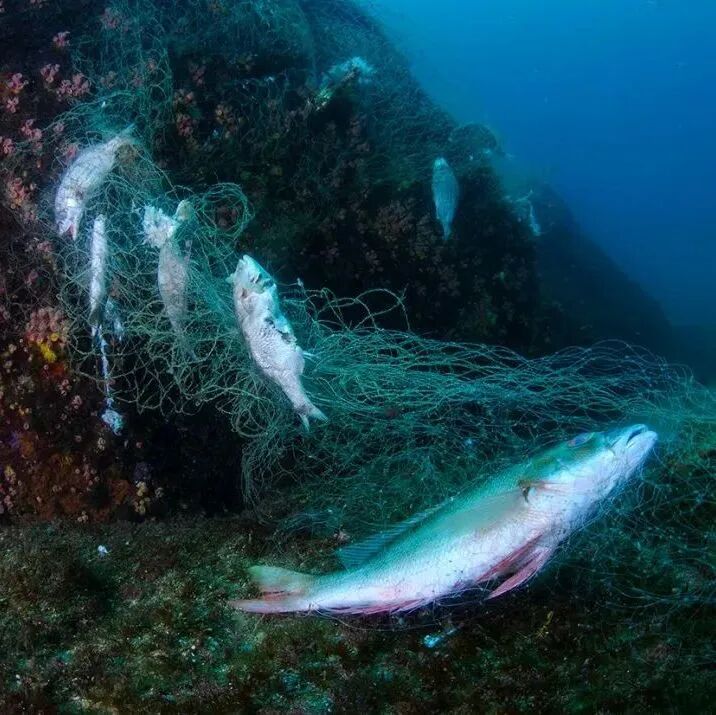
Highlighting “star” is your greater support for us!

Copyright Statement:
This article was translated by the Springer Nature Shanghai office. The Chinese content is for reference only; all content is subject to the original English version. Feel free to share it in your circle of friends. For reprints, please email [email protected]. Unauthorized translations are considered infringement, and the copyright holder reserves the right to pursue legal responsibility.
© 2024 Springer Nature Limited. All Rights Reserved
Star us 🌟, remember to like, view + and share!